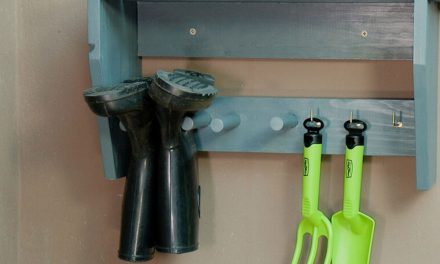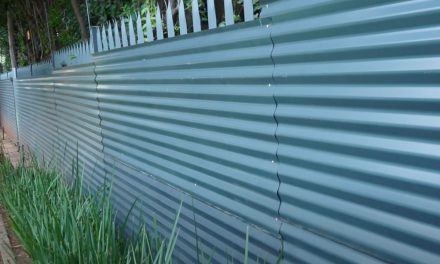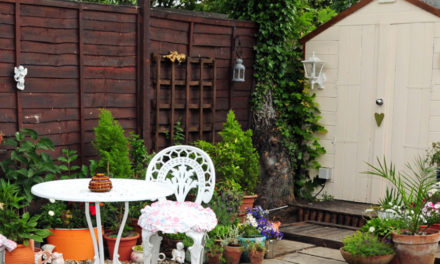Baby vegetables are not just trendy from a gourmet point of view. For gardeners in a hurry or who have limited space, baby veggies are quicker to harvest and can be grown closer together.
Their flavour, of course, is the clincher, being sweeter or milder than their ‘adult’ counterparts.
Traditionally, baby veggies are root crops or leafy greens that are picked young, before the mature harvestable date. There are also specific mini varieties like carrot ‘Little Finger’, and a whole range of red and green baby cabbages. More recently, the range has extended to dwarf fruiting vegetables such as sweet peppers, brinjals, cucumbers, squashes and tomatoes that produce an abundance of smaller than normal fruit. These have been bred with small gardens or patio living in mind.

How to make the most of baby vegetables
- Choose quick growers that produce multiple harvests like baby spinach, kale and lettuce leaves. Within 2 – 3 weeks of sowing they are ready for picking. If treated as a cut and come again crop, they will produce an almost continual supply of salad leaves for 2 – 3 months.
- Grow baby carrots and beets in containers or troughs if the garden soil is too heavy for good ‘root’ development. Use a seedling mix that drains well.
- Save on space by sowing root or leafy crops closer together. Another option is to use the thinned-out veggies, like beets or carrots, as baby veggies and allow the remainder to mature.
- Sow successive crops for a consistent supply. Because the growing period is shorter, plants are less likely to be stressed by pests or disease. They can also be timed to be productive during cooler growing conditions before the heat stress of midsummer.
- Grow colourful fruiting mini veggies such as sweet peppers, brinjals or dwarf cucumbers as decorative edibles for the outdoor living area or kitchen courtyard.

Growing Tips
- Don’t let the soil dry out. Baby veggies have shallow roots that dry out quickly. Give small amounts of water daily.
- Feed cut-and-come-again crops with a liquid fertiliser once a week, and fruiting vegetables in pots once or twice a month.
- Thickly sow leafy crops to build up a leaf mass that shades the soil, keeps the roots cool and prevents weeds.
- While most baby vegetables are compact, some still need space. Baby cabbages, tomatoes, eggfruit and squashes should be at least 30cm apart for good air circulation, to reduce the likelihood of pests and diseases.
- Plants are less heat, cold and wind tolerant and should be protected.


What to grow – try these
Baby cabbages include red and green varieties and mixes. ‘Puma’ has a dark green, round head that is ready for harvesting within 40 – 60 days of planting. ‘Baby Red Primero’ is compact, dense and dark red with a sweet taste and tender texture. ‘Gonzales’ has a sweet spicy flavour and a 15cm-diameter head. These minis can be grown in containers or in the ground, spaced 30 – 38cm apart. Harvest when the heads feel firm to the touch.
Baby carrots include the heirloom variety ‘Little Finger’, which is a small, sweet orange carrot that is ideal for nibbling. Sow at 14-day intervals during spring and summer to ensure a constant crop. Another heirloom variety is carrot ‘Parisian’, which is reddish orange, small, sweet and round. The shallow root system makes it ideal for poor soil conditions and containers.
Salad leaves such as baby salad leaf mix, ‘Baby Leaf Mesclun Mix’ (red giant mustard, rocket, and oakleaf and Silvia lettuce) and ‘Spicy Salad Mesclun’ (rocket, mizuna, tatsoi and red Russian kale) can be sown all year round as cut-and-come-again salad leaves. Sow
successive crops every three weeks.
Gardeners are spoilt for choice with bush- or vine-type baby tomatoes. Plants can be grown in containers, hanging baskets or in the garden. The choice depends on the type of space available. Baby tomatoes are generally sweeter and more prolific producers than larger tomatoes, and ripen in half the time.
The first baby brinjal was ‘Patio Baby’. It is a naturally dwarf plant, growing only 60cm high and bearing 25 – 50 eggfruit per plant. The mature fruit are about 5cm in diameter, very mild tasting and with none of the bitterness of the bigger fruit. Two newer varieties are ‘Hansel’ and ‘Gretel’, which produce clusters of glossy black and white elongated fruit respectively, on determinate plants (90cm high) that generally don’t need supporting. When eaten as a baby vegetables, fruit can be harvested when 8 – 10cm long.
Mini-bell sweet peppers include varieties like ‘Sweet Snack’ in orange, red or yellow, and ‘Snackabelle’, which has red, sweetly flavoured fruit with easy-to-remove stems and seeds. These dwarf peppers produce up to 30 fruits in two flushes. Place pots where they receive morning sun and afternoon shade. Water every day, because pots dry out faster and feed once a month with a liquid fertiliser.

Baby squashes include mini-butternuts, acorn squashes and pumpkins.
- Butternut ‘Barbara’ is a disease-resistant tropical variety that can be harvested as a baby vegetable after 45 days. The 8cm-long fruit is dark green with lighter green strips.
- Butternut ‘Honeynut’ produces small 12cm-long fruit on a compact bush-type plant. The fruit has a sweet, nutty flavour and deep orange flesh. Both have a higher yield than traditional butternut varieties.
- Pumpkin ‘Wee Be Little’ is a tiny, bright orange pumpkin the size of a large cricket ball. It is ready for harvest after 90 – 100 days when the fruit turns a vivid orange.
- Acorn squash ‘Sweet Dumpling’ can be picked as a baby squash when the fruit is 10cm in diameter. The flesh is sweet and a tender orange colour, and each vine produces 8 – 10 squashes.
- The closest to a baby cucumber is ‘Patio Snacker’, which is a short, vining cucumber for growing in large containers with a small trellis. It is a fast grower, producing 20cm-long, crunchy fruit.










